The oval face with delicate features, the almond-shaped gray eyes, her complexion is extremely fresh.
Hair styled "à la Fontanges", her dark brown hair is held back at the nape of the neck, a few curly locks fly in the wind, on her forehead two short locks rolled up on themselves. In the hair the flowers stitched for ornament.
She wears a white satin dress over a blouse adorned with fine lace. Blouse sleeves are rolled up to expose the right forearm.
She is girded with a bodice of gold canvas, embroidered with gold threads, cut into a point and embellished with silver chains.
On her shoulder the garland of flowers which passing behind her back reappears on the other side of the waist falling on the front.
A large pink shawl with iridescent reflections covers her raised left arm and envelopes the figure in the background.
The landscape behind the young woman represents a forest site with autumnal hues under a cloudy sky dotted with clearings.
17th century French School,
workshop of Nicolas de Largillière (Paris, 1656-1746)
Around 1690
Oil on original canvas
Dimensions:
Canvas: h. 80 cm, w. 63cm
Beautiful and large original carved giltwood frame.
Framed: h. 103 cm, w. 86cm
Our canvas is a magnificent work painted in the studio of Nicolas de Largillière. An aesthetic force is combined with the charm and youth of the model.
Following the typical composition of the works of Nicolas de Largillière, the painter installs the young woman against the backdrop of a forest with the accents of autumn. Dressed in rich finery, the accent is on floral ornaments, highlighting her natural grace and her porcelain white flesh. As usual, the painter plays with contrasts thanks to strong lighting which makes the young woman radiant and sumptuous.
The mythological disguise adopted in the ceremonial portraits by Louis XIV enchanted the female clientele of Nicolas de Largillière, because fortunately deification no longer belonged to the princes of the blood alone. The painter proposed a repertoire of goddesses generally composed of Diana, Venus, Iris and Flora. The latter was chosen for its symbolism of fertility and blooming youth. The criteria that must have seduced our young aristocrat, full of grace and beauty, whose identity is unfortunately missing.
Nicolas de Largilliere (Paris, 1656-1746)
Born in Paris, Nicolas de Largilliere spent his childhood in Antwerp. Trained there in the studio of Antoine Goubeau, who taught him the study from nature, Nicolas de Largillierre remained faithful to his precepts throughout his career. In 1673 he went to England where he worked as an assistant in the studio of the portrait painter Peter Lely for almost seven years. He was approved by the Royal Academy upon his return to France in 1683 and was received three years later as "painter of portraits and history"). The portrait is by far the genre that dominates an immense production of nearly 1,500 works produced in a workshop through which many renowned painters will pass. He is with Rigaud the most brilliant portraitist of the end of the XVIIth and the beginning of the XVIIIth century. Rigaud, however, is the official court portraitist, Largillierre works mainly for a wealthy bourgeois clientele. His work brilliantly illustrates the French high society under the reigns of Louis XIV and Louis XV, by an exceptional sense of observation he was able to render, sometimes without complacency, the individuality of the faces and the psychology of the characters.



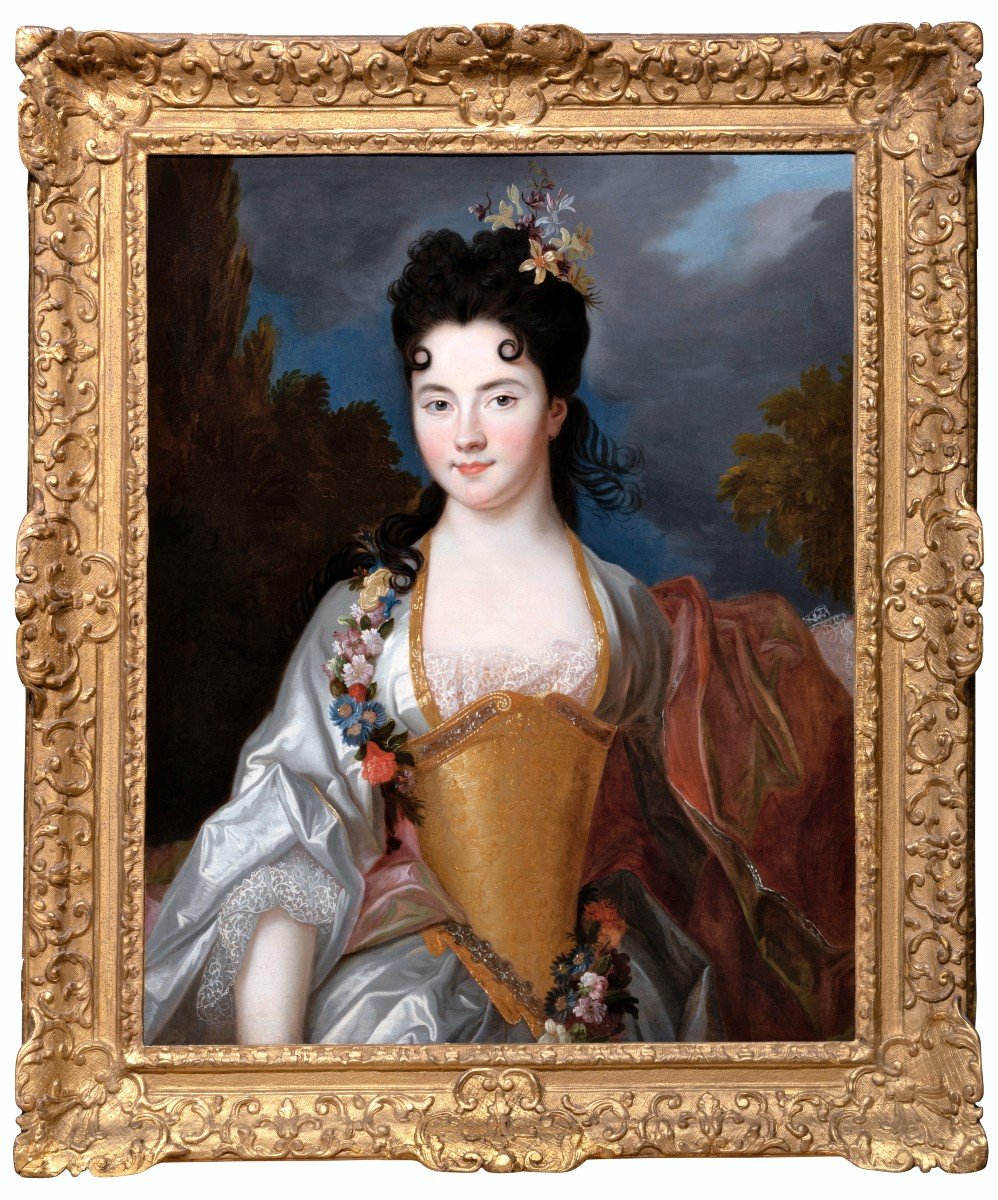

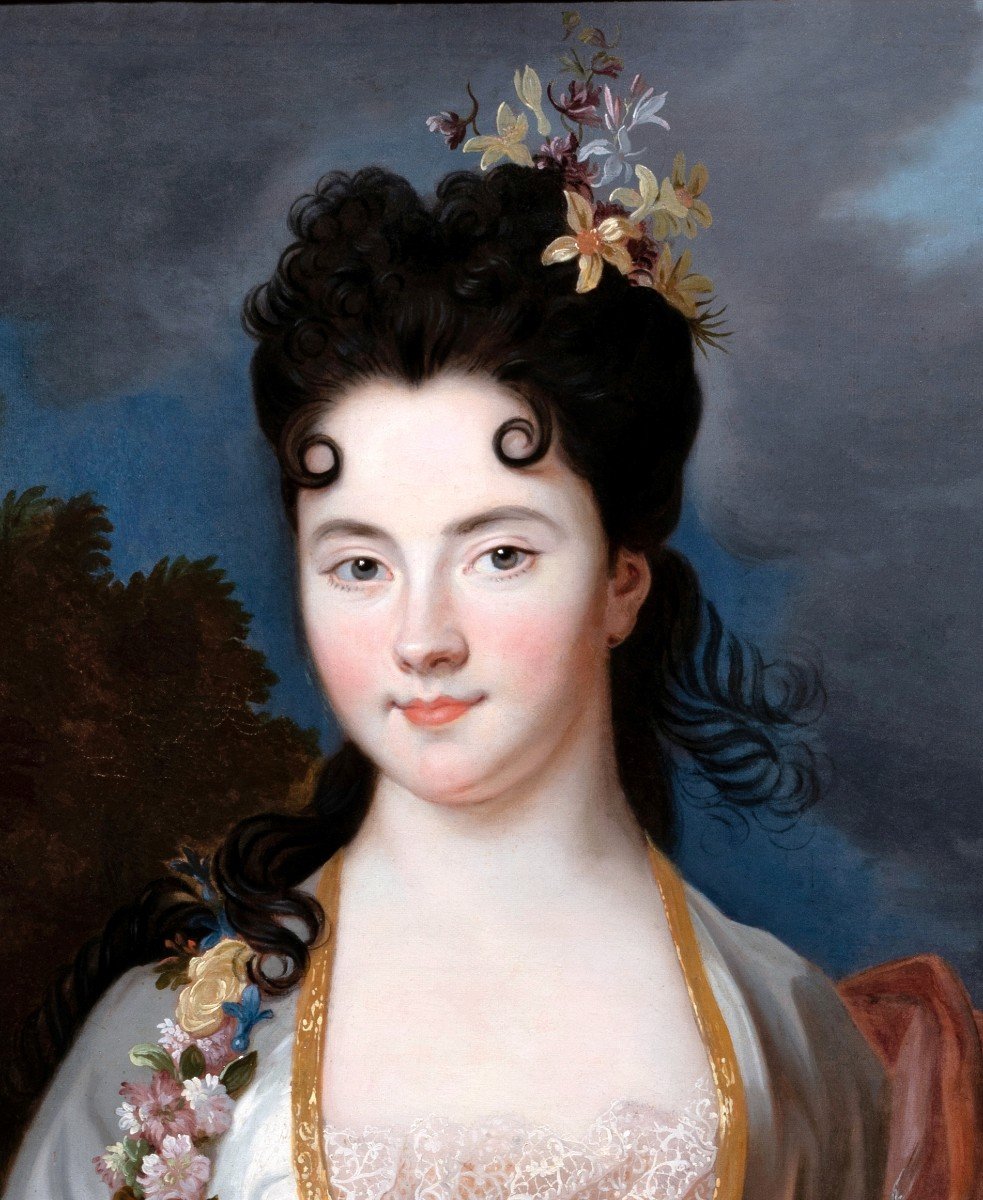
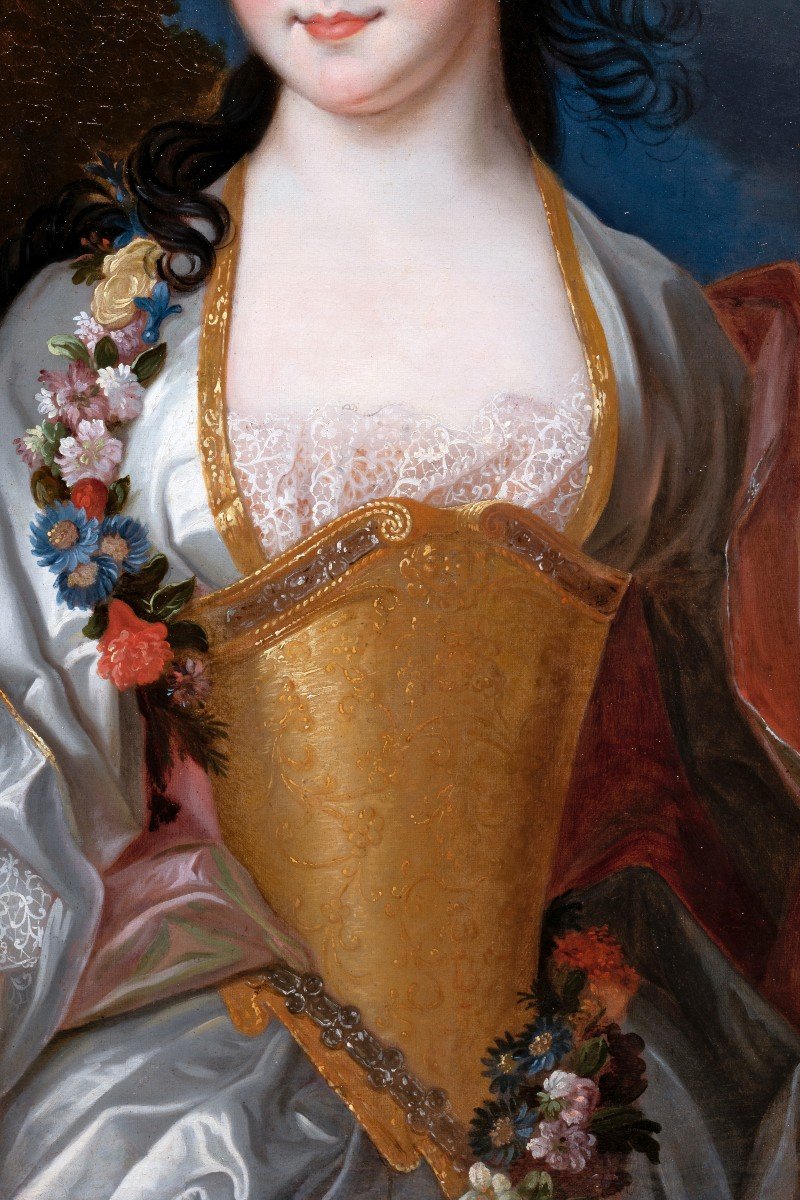
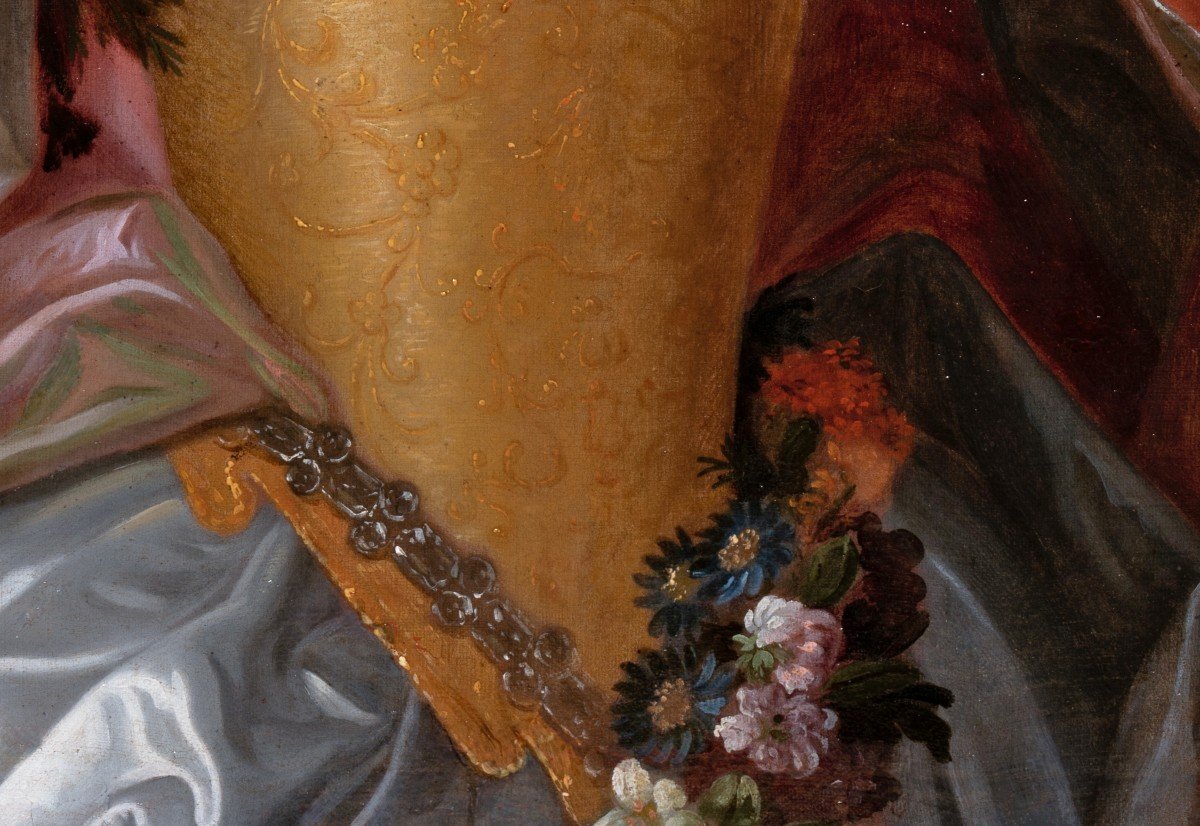

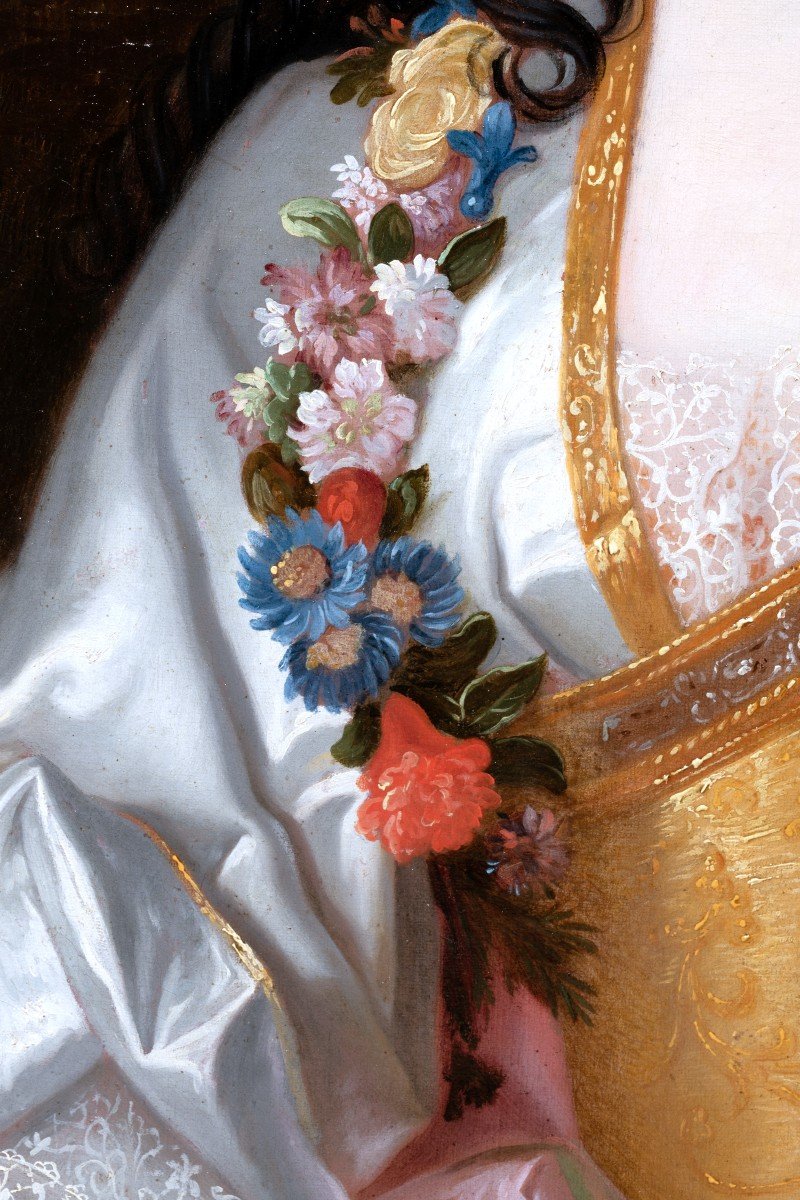
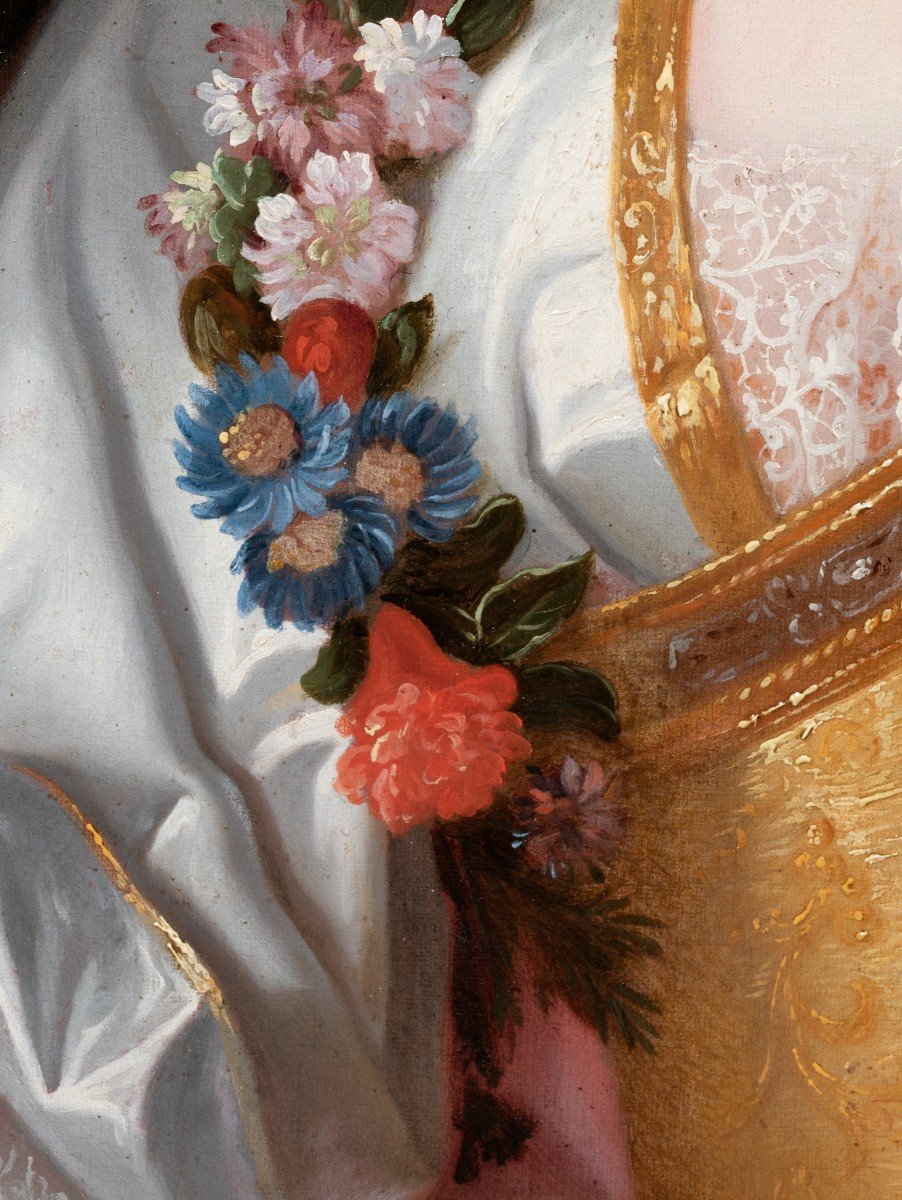

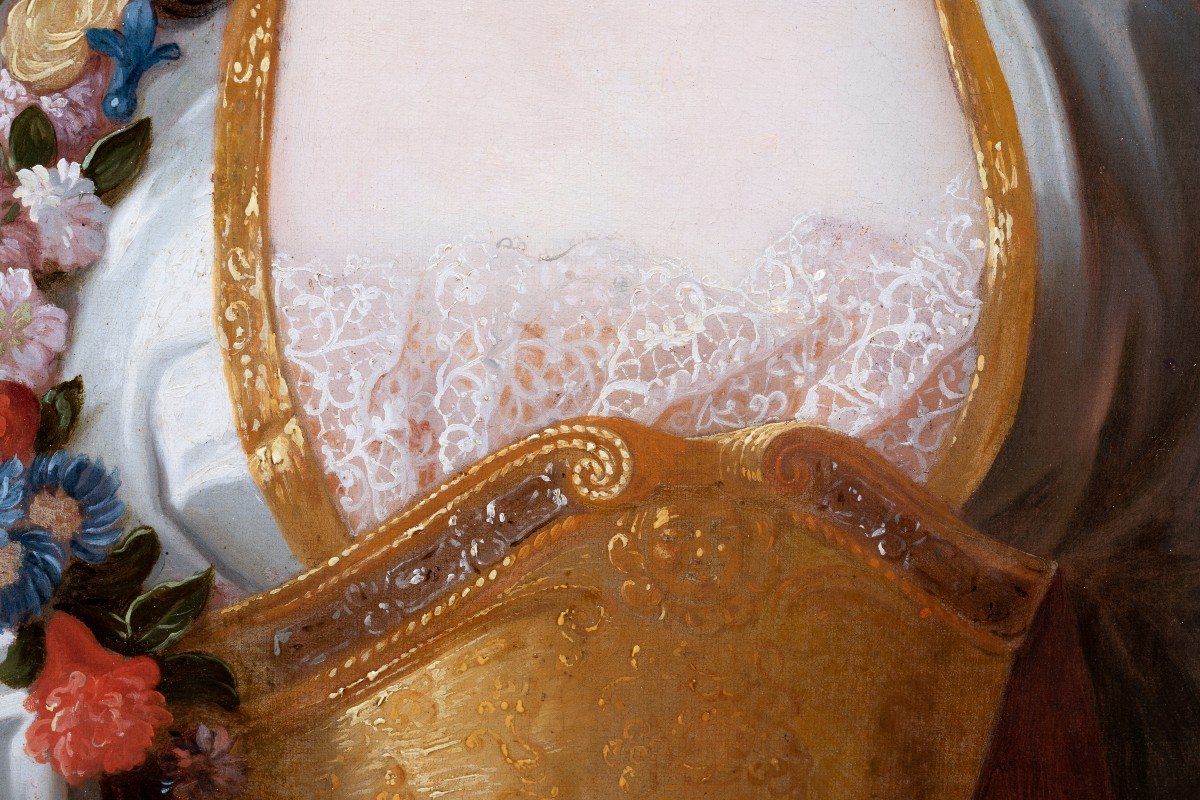
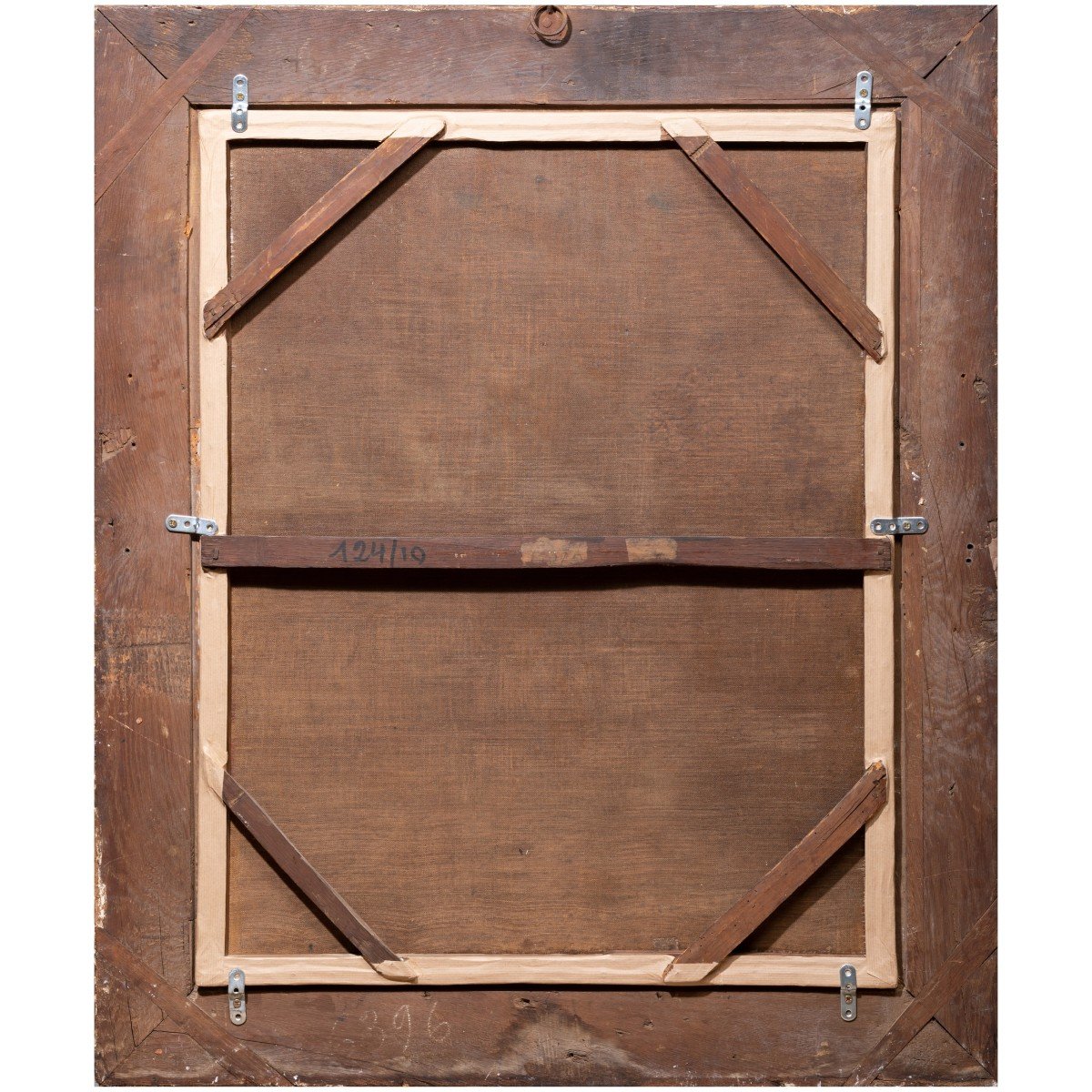
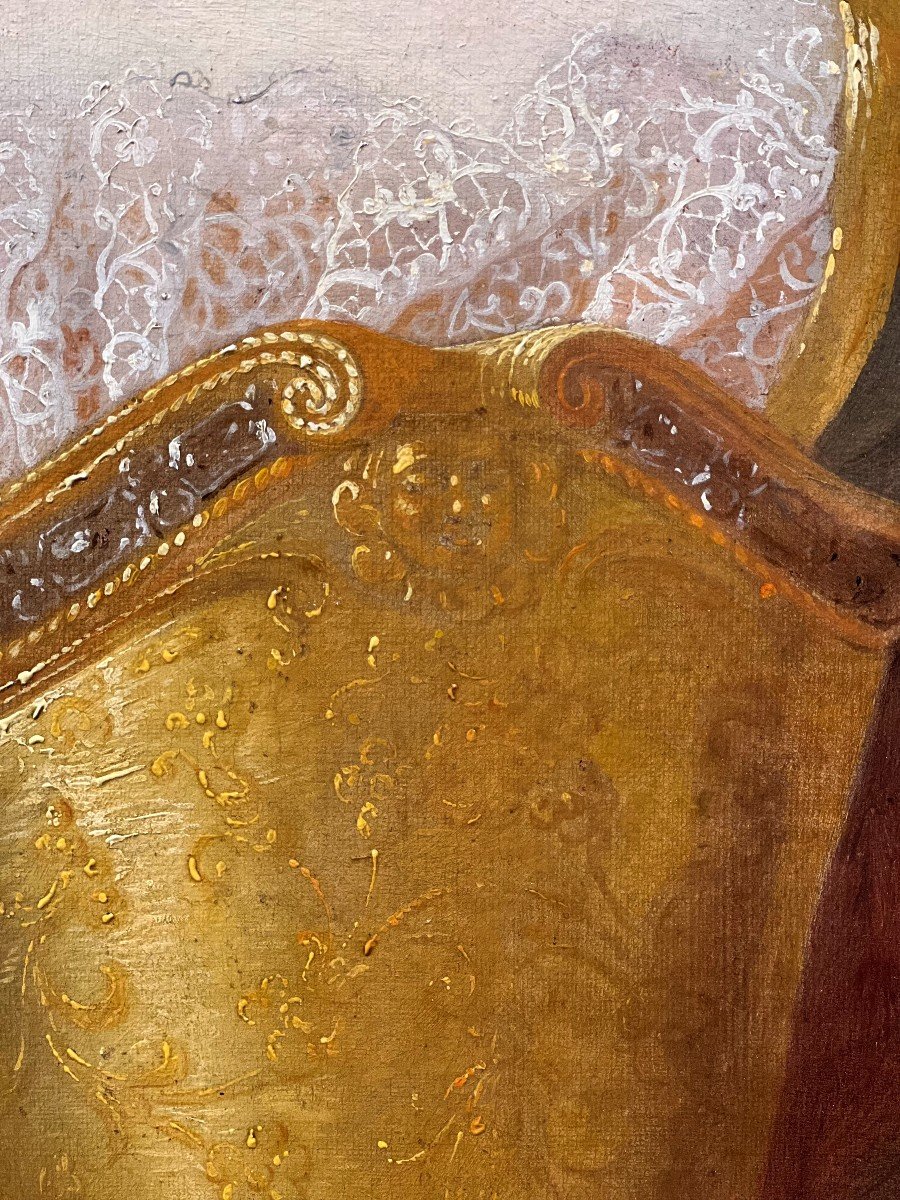


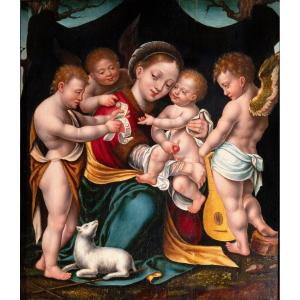


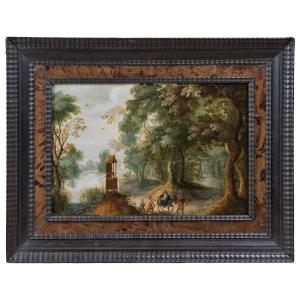
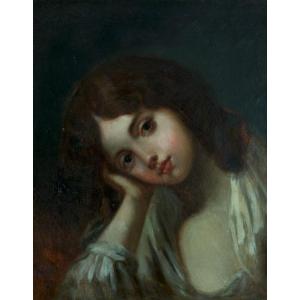

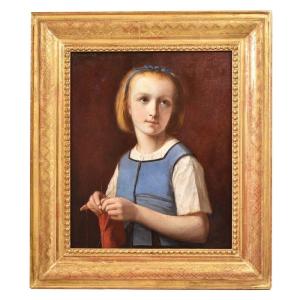
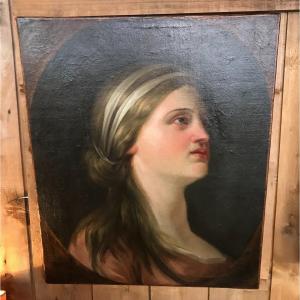






 Le Magazine de PROANTIC
Le Magazine de PROANTIC TRÉSORS Magazine
TRÉSORS Magazine Rivista Artiquariato
Rivista Artiquariato
